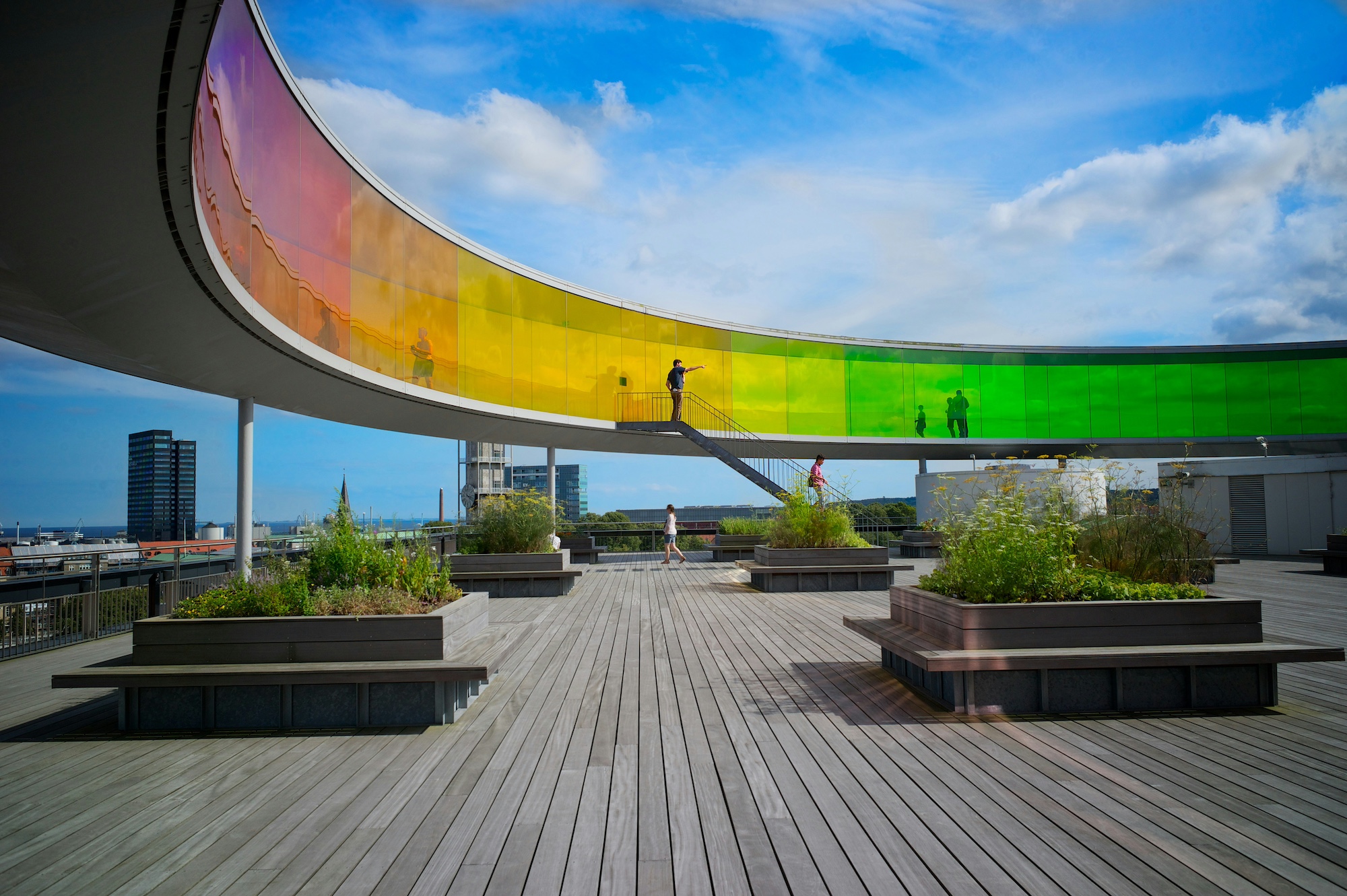
Embracing Diversity: Inclusive Hiring Practices for Art Organizations Worldwide
#curator #curatorial #Curatorial Practices #Diversity #hiring #hiring practices #inclusive practices #institution #museum #organisation #resourcesIntroduction
The art sector thrives on varied perspectives, and inclusive hiring practices are crucial for fostering a rich, multifaceted environment. In this article, we explore why inclusive hiring is not just a moral imperative but a legal necessity in many parts of the world. Diverse teams bring creativity and innovation, reflecting the myriad voices in our global society. To guide art organizations worldwide, we’ve curated a list of essential resources that provide insights and practical tips on implementing inclusive hiring strategies
Enhancing Socio-Economic Diversity
In the arts, socio-economic diversity is crucial for broadening the range of experiences and perspectives represented. This diversity enriches the creative process and ensures that the arts remain accessible and relevant to people from all walks of life. By embracing socio-economic diversity, art organizations can challenge elitism, foster a more inclusive culture, and address inequalities that often exist in the art world. The resources we listed here provide essential strategies to help organizations navigate and enhance socio-economic diversity, ensuring that opportunities in the arts are not just limited to those of certain economic backgrounds.
CultureHive’s Toolkit on Socio-economic Diversity and Inclusion:
Learn about comprehensive strategies to boost socio-economic diversity in the arts with this Culture Hive’s essential toolkit.
Best Practice Recruitment Guide for Creative Leaders by CultureHive:
This Culture Hive’s guide provides insights into recruiting practices that ensure leadership in the arts is as diverse as the field itself.
Fostering Diversity in Museums
Museums, as custodians of culture and history, have a responsibility to represent and serve diverse communities. Diversity in museum staffing is vital for bringing varied perspectives to the curation and interpretation of collections. It also makes museums more welcoming and relatable to diverse audiences. Below resources shed light on practical ways museums can improve their staffing practices to better reflect the communities they serve, thus enriching the visitor experience and the cultural relevance of their exhibits.
Museums Association’s “Valuing Diversity”:
Explore the importance of diverse staffing in museums and ways to achieve it with this informative resource from Museum Association.
MuseumNext on Museums and Employee Diversity:
This article from MuseumNext provides an insightful examination of the current state of employee diversity in museums.
Art Museum Teaching’s Collaborative Leadership:
Understand the role of collaborative leadership in creating an inclusive museum environment ith Art Museum’s Teaching’s article.
Analyzing Progress in Museum Staff Diversity
Assessing and understanding the current state of staff diversity is pivotal for meaningful change in the arts sector. Regular demographic surveys and analyses provide data-driven insights into the progress and challenges in achieving staff diversity in art museums. These resources enable museums to benchmark their efforts, identify areas for improvement, and develop strategies to foster a more inclusive and representative workforce.
Mellon Foundation’s “How Far Have We Come?”:
Mellon Foundation’s critical analysis of art museum staff diversity in 2022, highlighting progress and areas for improvement.
Art Museum Staff Demographic Survey 2022 by Mellon Foundation:
Access comprehensive demographic data on staff diversity in art museums from Mellon Foundation.
Ithaka S+R’s Art Museum Staff Demographic Survey 2022:
Gain insights into the demographics of art museum staff with another vital survey from Ithaka S+R.
Humanities and Social Sciences Communications on Under-representation:
An academic study from Nature focusing on race- and gender-based underrepresentation in creative fields.
Practical Resources for Inclusive Hiring
Inclusive hiring practices are the foundation for building a diverse and dynamic workforce in the arts. This involves not just attracting a wide range of candidates but also ensuring that the recruitment process is fair and free from bias. Resources that offer guidance on creating clear job descriptions, using inclusive language, and ensuring equitable hiring processes are invaluable.
Clarity on Job Roles and Qualifications:
The Advisory Board for the Arts emphasizes the importance of clear job descriptions to encourage applicants from diverse backgrounds.
Inclusive Job Descriptions:
Use tools like Gender Decoder, Textio, and Applied to create unbiased job descriptions, with examples from the League of Resident Theatres.
Diverse Talent Recruitment Guides:
Consult guides from The Management Center, UK Gov, Arts Council England’s Recruitment and Workforce Development Toolkit, and others for strategies on inclusive recruitment.
Targeted Job Boards:
Post on job boards like the Indigenous Professional Association of Canada, Black Doctoral Network, etc., to reach a diverse candidate pool.
Toolkit for Disability Inclusion:
The National Endowment for the Arts offers a Toolkit on Careers in the Arts for People with Disabilities, aiding disabled artists, employers, educators, and funders.
Creative Equity Toolkit:
This platform offers resources for inclusive hiring in the arts and media, including articles, checklists, and tools on unconscious bias, intersectionality, and fair recruitment practices.
Conclusion: The Journey Towards Inclusivity
The path to inclusivity in the art world is ongoing and ever-evolving. By embracing diverse hiring practices, art organizations can become more reflective of the world’s rich tapestry. The resources listed above offer valuable guidance and insights to help you embark on this vital journey. As we continue to advocate for diversity and inclusion, let’s remember that every step taken towards inclusivity is a step towards a more vibrant, representative, and dynamic art world.







